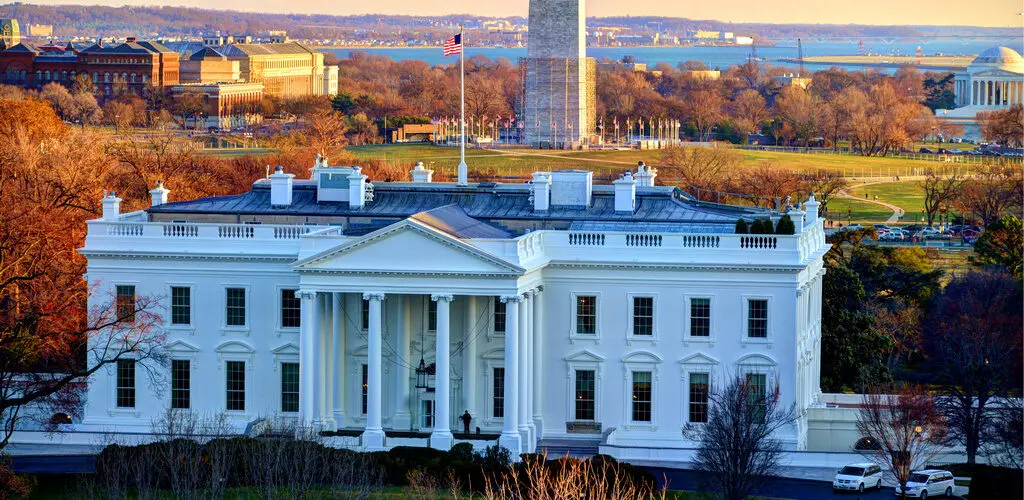A Statement on the Impact of the Election on Clean Energy and Climate Progress
To the Acadia Center Community,
Over the past few days, myself and the Acadia Center team, alongside the nation, have begun to process the vastly different political landscape we’ll be working in for the next four years. The severe threats a changing climate poses to our economic security, quality of life, and safety are not bound by political elections. Climate is science, and as we look to the future, Acadia Center is redoubled in its determination to reduce emissions, encourage clean energy, and prioritize public health.
The work Acadia Center does advocating for multi-state efforts to accelerate progress, working with diverse partners at the regional, state, and local levels, and implementing a clean, safe and economically prosperous climate future for all, will be one of the most important bulwarks to keep progress moving and minimize possible damage. States, regions, and cities have the ability– and responsibility – to strengthen their longstanding commitment to climate leadership in the next four years.
With the likely shift in the national approach to climate and energy, several trends have emerged, presenting both challenges and critical motivators for Acadia Center’s mission.
The scale of potential damage is large. Analysts from CarbonBrief report that a shift in administration could result in an additional 4 billion tons of U.S. emissions by 2030—equivalent to the combined annual emissions of the EU and Japan. This increase could cause global climate damages worth more than $900 billion, according to the latest U.S. government valuations.
The new administration could interfere with federal agencies like the EPA and NOAA. This would leave enormous gaps in the data we rely on to understand emissions trends and weather impacts. While it’s unclear how quickly this could unfold, Acadia Center remains vigilant in tracking these developments and the potential impact on our efforts.
The role of state, regional, and municipal climate action is indispensable. These jurisdictions have significant authority over key sectors and can enact policies that move the needle on emissions reductions. From regulating utilities to enforcing renewable energy standards and advancing clean transportation solutions, state and local leadership will be crucial in filling the gaps that may arise if national support falters. Acadia Center’s long-standing focus on empowering states and localities will be more important than ever.
Let us keep in mind that the clean energy future is happening. Clean energy markets are growing rapidly, driven by technological advances, cost competitiveness, and the increasing recognition of climate-related risks by the business community. In fact, renewables now comprise over 30% of U.S. utility-scale electrical generating capacity. Clean energy is building the jobs of the future, from brand new electric vehicle manufacturing plants, to battery storage, to training electricians in home installations. The economics alone should dictate that clean energy – from solar and batteries to EVs and transmission – should be an essential centerpiece of an energy abundance and energy security agenda – offering the most affordable, scalable, and resilient energy that our evolving economy needs. These developments provide a foundation of success as we look toward the future, underscoring the need for continued collaboration between industry, government, and civil society.
In the face of these challenges and opportunities, I am reminded that meaningful progress often requires resilience and cooperation. Acadia Center is here to drive these efforts.
For 25 years, Acadia Center has crafted ambitious but practical solutions, offered credible information, and shown how clean energy and climate action are the pathways to a healthier, more stable, and resilient economic future. Thank you for your continued support, and I look forward to the work ahead with purpose and determination.
Sincerely,
Dan Sosland
President, Acadia Center



















